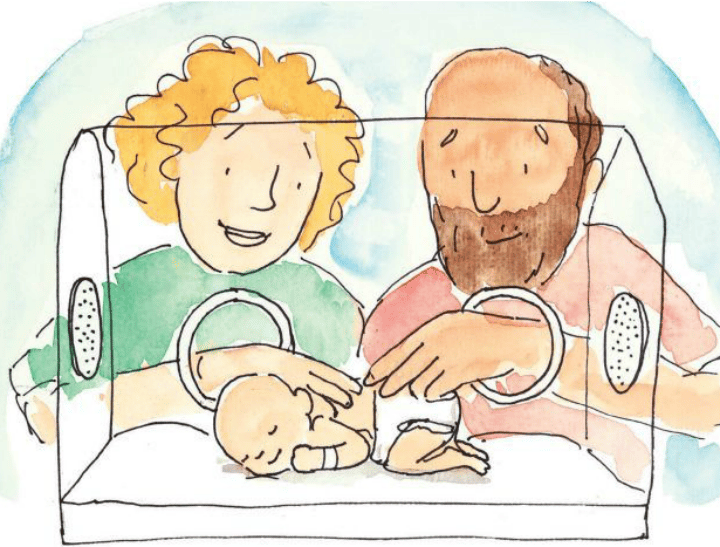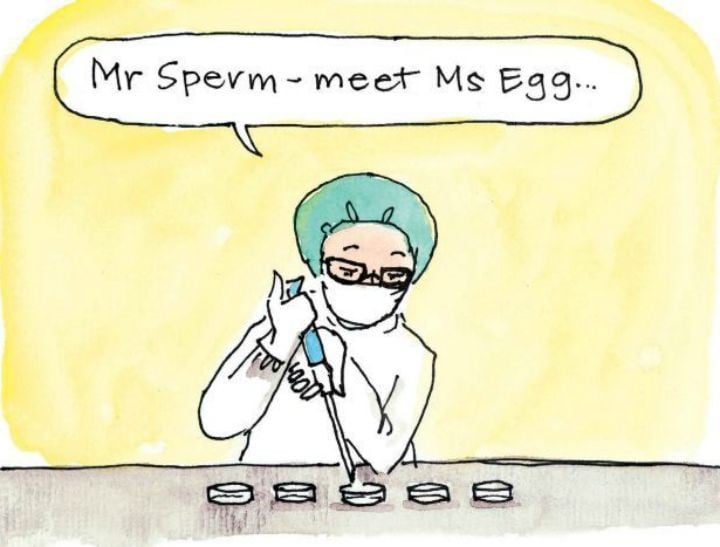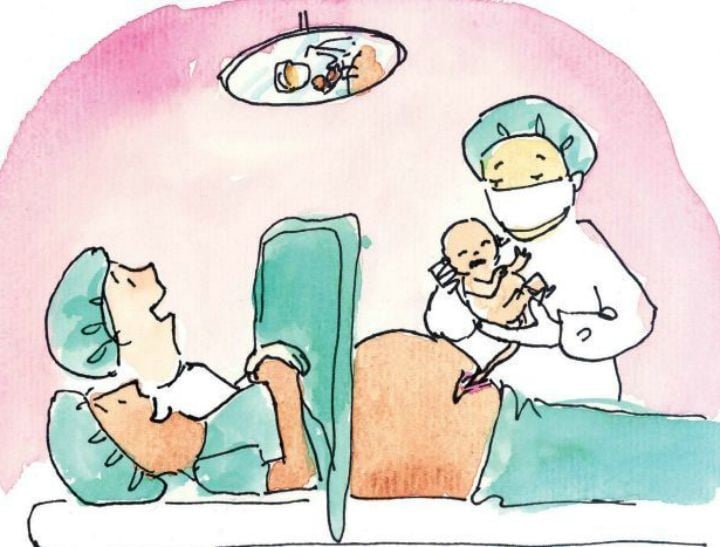
By ABC NEWS.
When Australian cartoonist Fiona Katauskas had to use a 40-year-old book to explain the facts of life to her son, she decided to update the record and write a modern book on where babies come from.
One of her key aims was to include recent developments in fertility and birth, such as the increasing prevalence of sperm donation, egg donation and IVF technology.
Being a cartoonist by trade, Katauskas opted for a collection of drawings for children, creating a picture book that gives kids a clear picture of the birds and the bees.
The result was The Amazing Story of How Babies are Made, a “light-hearted” guide to modern conception and birth.







Top Comments
It is desperately needed. One of my then 6yo daughters (Lesbian mum) asked me "Did you and mummy get nudie and kiss" wrong on so many levels. I told the mother that she had to answer that one. One of my yo sons asked me "Did the sperm that made me come from you".